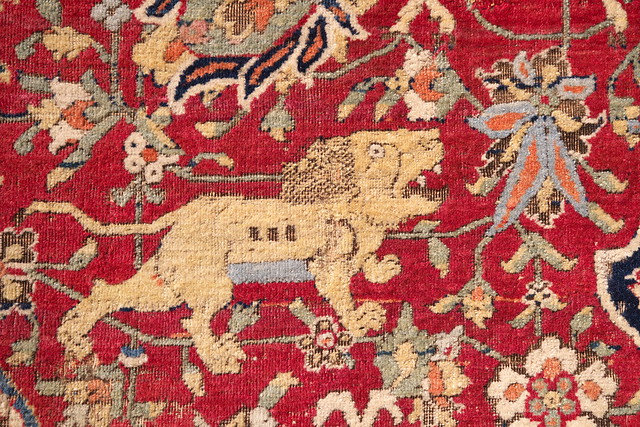 |
| 2 Likes | Search this Thread |
| 02-04-2017, 11:16 AM | #1 |
| Sharing Pixel shift photos in RAW format with a designer | |
| 02-04-2017, 11:51 AM | #3 |
| 02-04-2017, 01:21 PM | #6 |
| 02-04-2017, 01:26 PM | #7 |
| 02-04-2017, 03:35 PM | #10 |
| Last edited by Dericali; 02-04-2017 at 03:58 PM. | |
| 02-04-2017, 05:20 PM | #12 |
| 02-04-2017, 05:23 PM | #13 |
 |
| Bookmarks |
| Tags - Make this thread easier to find by adding keywords to it! |
| dslr, full frame, full-frame, images, k-1, k1, magazine, objects, pentax k-1, photoshop, pixel, pixel shift, pixel shift photos, raws, shift, stack |
 Similar Threads
Similar Threads | ||||
| Thread | Thread Starter | Forum | Replies | Last Post |
| Banding in Pixel Shift Images taken with K-1 | NeilS | Pentax K-1 & K-1 II | 10 | 12-03-2016 06:18 PM |
| Pixel shift and On1 raw | travelswsage | Digital Processing, Software, and Printing | 5 | 10-29-2016 01:31 PM |
| Pentax K-1's Pixel Shift challenges medium-format dynamic range | Winder | Pentax K-1 & K-1 II | 22 | 05-10-2016 08:05 AM |
| RAW converter compatible with pixel shift? | auricle | Digital Processing, Software, and Printing | 5 | 03-24-2016 08:05 AM |
| Pixel Shift RAW: LR5 vs Silkypix 5 | longbow | Pentax K-3 & K-3 II | 16 | 06-25-2015 04:27 PM |













 Post #28 by sbh
Post #28 by sbh








